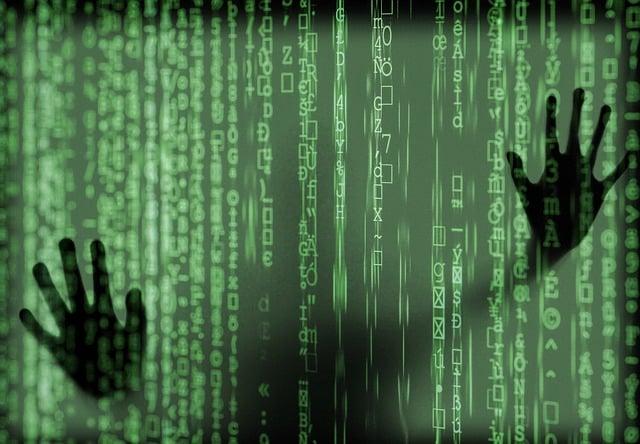Data theft is a growing concern in today’s digital age, but there are steps that individuals and organizations can take to prevent it. By implementing proper security measures and being aware of the various types of data theft, you can help protect your sensitive information and minimize the risk of data theft. In this blog, we will explore various methods of preventing data theft and how you can keep your data secure.
What are the ways to secure data?
There are several ways to secure data via nordvpn Jacksepticeye and prevent data theft, including:
- Encryption: To prevent unauthorized access, important information is encrypted.
- Strong Passwords: using unique and complex passwords to secure online accounts.
- Regular Software Updates: keeping software up to date to fix vulnerabilities and prevent hacking.
- Firewall: using a firewall to prevent unauthorized access to a computer or network.
- Access Control: controlling who has access to sensitive information and regularly monitoring access logs.
- Data Backups: regularly backing up important data to minimize the impact of data theft or loss.
- Employee Training: Provide regular training to employees on how to identify and prevent data theft.
- Physical Security: securing physical devices and storage media that contain sensitive information.
By implementing these measures and being vigilant about suspicious activities, individuals and organizations can help protect their data and prevent data theft. Additionally, organizations should have policies and procedures in place for reporting and responding to data theft incidents
What Is Data Security Solutions?
Data security solutions refer to a set of tools and technologies designed to protect sensitive information from theft, loss, or unauthorized access. These solutions can include hardware, software, and services that are used to secure data at rest, in transit, and in use. Some common data security solutions include:
- Encryption software: used to encode sensitive information to prevent unauthorized access.
- Firewalls: Using firewalls, unauthorized access to a computer or network can be stopped.
- Access control systems: used to control who has access to sensitive information.
- Data backup and recovery solutions: used to regularly back up important data and minimize the impact of data theft or loss.
- Antivirus and anti-malware software: used to prevent the spread of malicious software.
- Identity and access management (IAM) systems: used to manage and secure user identities and access to sensitive information.
These solutions can be used by individuals, organizations, and governments to secure sensitive information and prevent data theft. By using data security solutions, organizations can protect their valuable information and minimize the risk of data theft and other security incidents.
What Are The 8 Rules Of Data Protection?
The 8 rules of data protection, also known as the 8 principles of the EU General Data Protection Regulation (GDPR), are:
- Legality, fairness, and transparency: Data processing must be done in a way that is legal, fair, and transparent
- Purpose limitation: Data must only be gathered for clear, unambiguous, and legal purposes; they may not then be used in a way that is at odds with those purposes.
- Data minimization: Data minimization: Data must be sufficient, pertinent, and restricted to what is required for processing purposes.
- Accuracy: Information must be true and, as needed, kept current.
- Storage restriction: Data shall only be maintained in a format that makes it possible to identify data subjects for as long as is required to fulfill the purposes for which they are being processed.
- Integrity and confidentiality: when processing data, care must be taken to guarantee proper security, which includes safeguards against unauthorized or unlawful processing as well as against unintentional loss, destruction, or damage.
- Responsibility: The controller and processor are in charge of upholding these standards and must be able to show compliance.
- Accountability: data controllers and processors must be accountable for complying with the principles.
These 8 rules serve as a framework for protecting personal data and ensuring that it is processed in a manner that is respectful of individuals’ privacy rights. Adherence to these rules is essential for organizations that process personal data, as non-compliance can result in significant fines and reputational damage.
Conclusion
Preventing data theft requires a multi-layered approach that includes technical, physical, and administrative measures. This includes using encryption, firewalls, access control systems, data backup and recovery solutions, and antivirus and anti-malware software. Organizations should also implement strong password policies, regularly educate employees about security best practices, and conduct regular security audits to identify vulnerabilities. By taking a proactive approach to data security, organizations can minimize the risk of data theft and protect sensitive information from unauthorized access.


